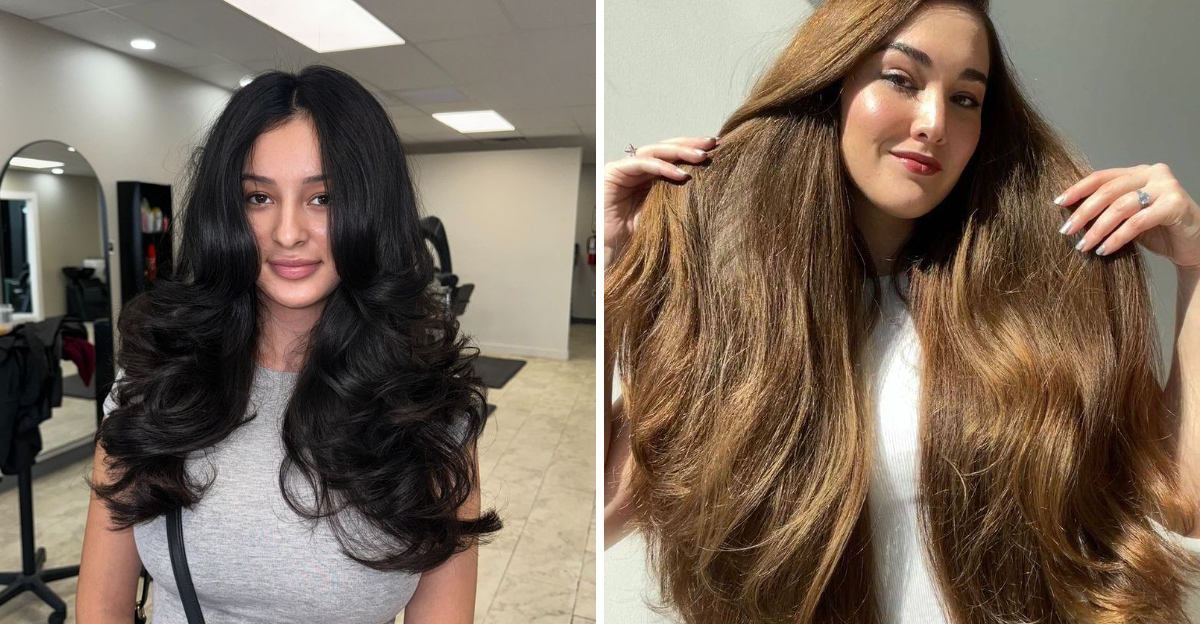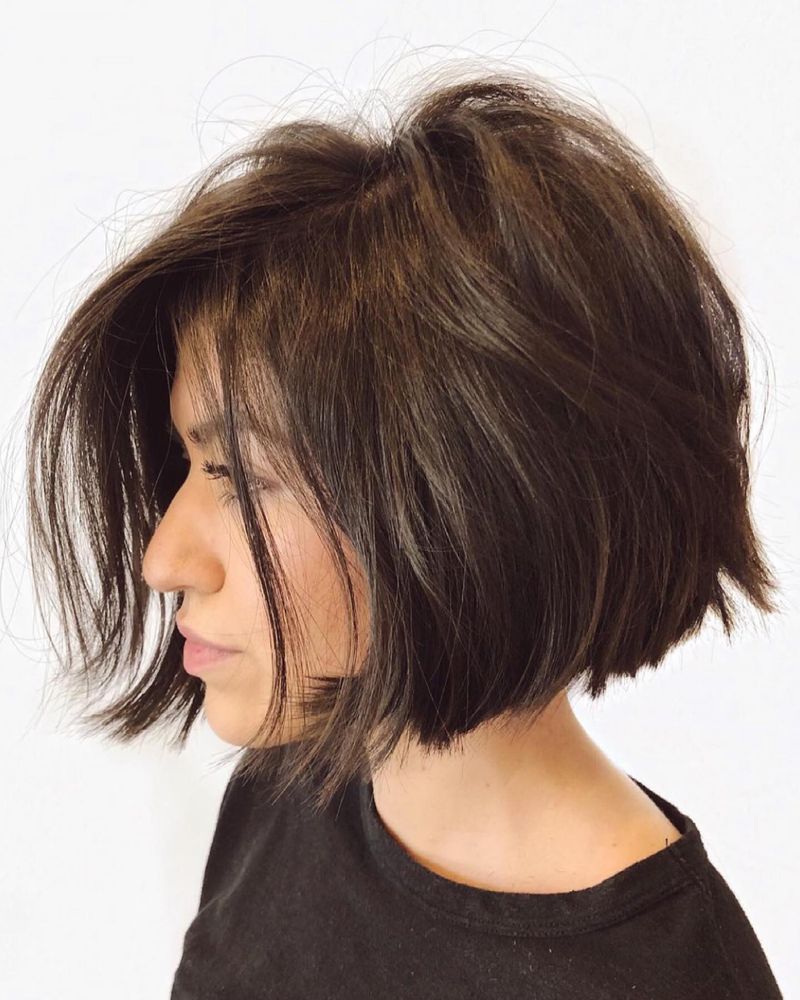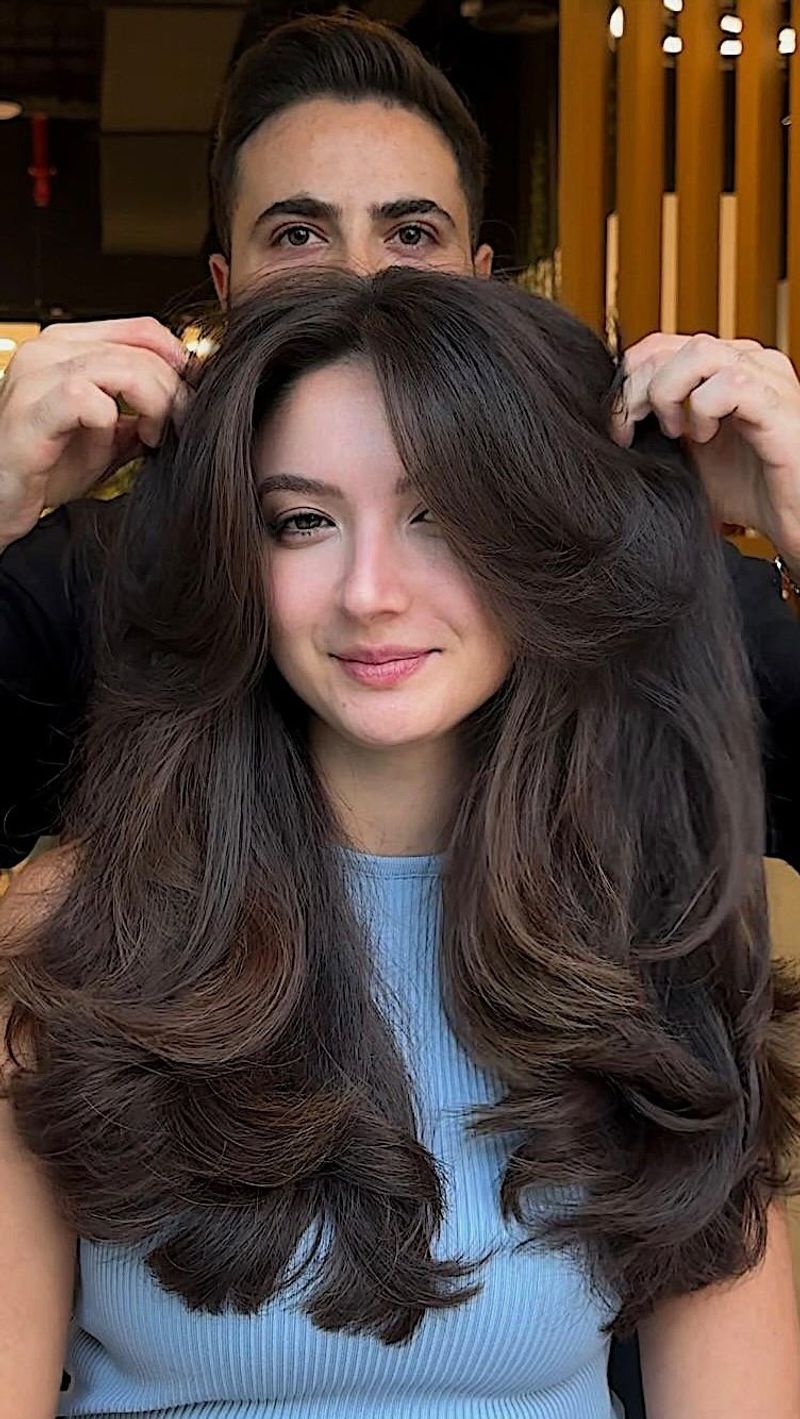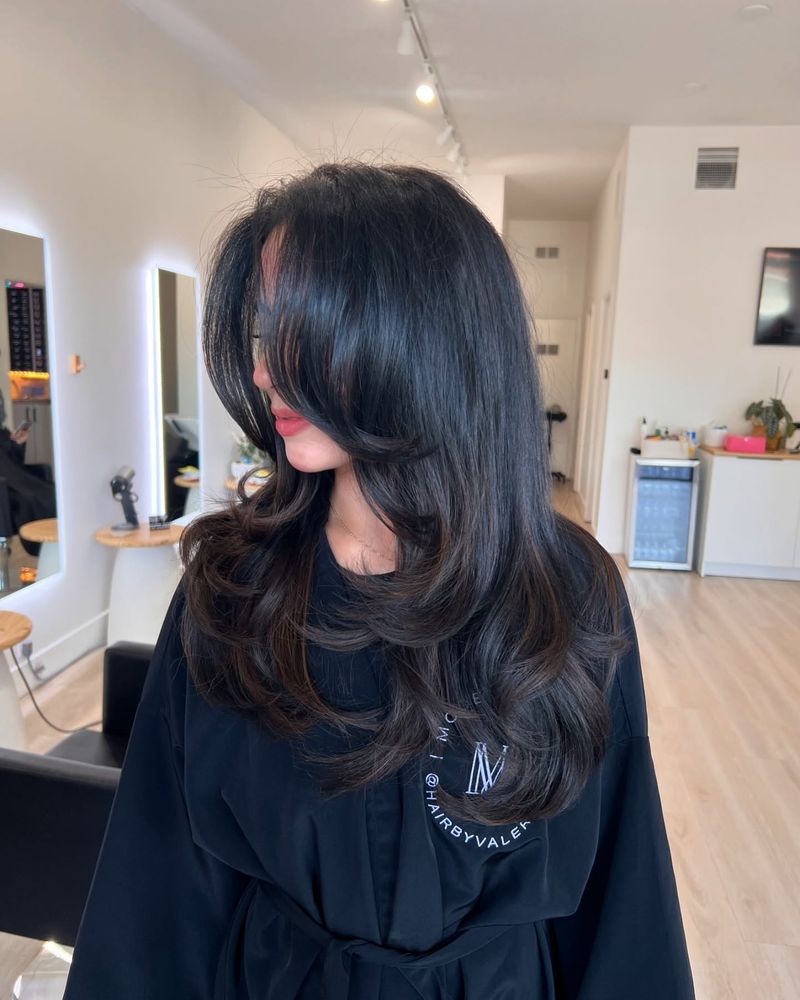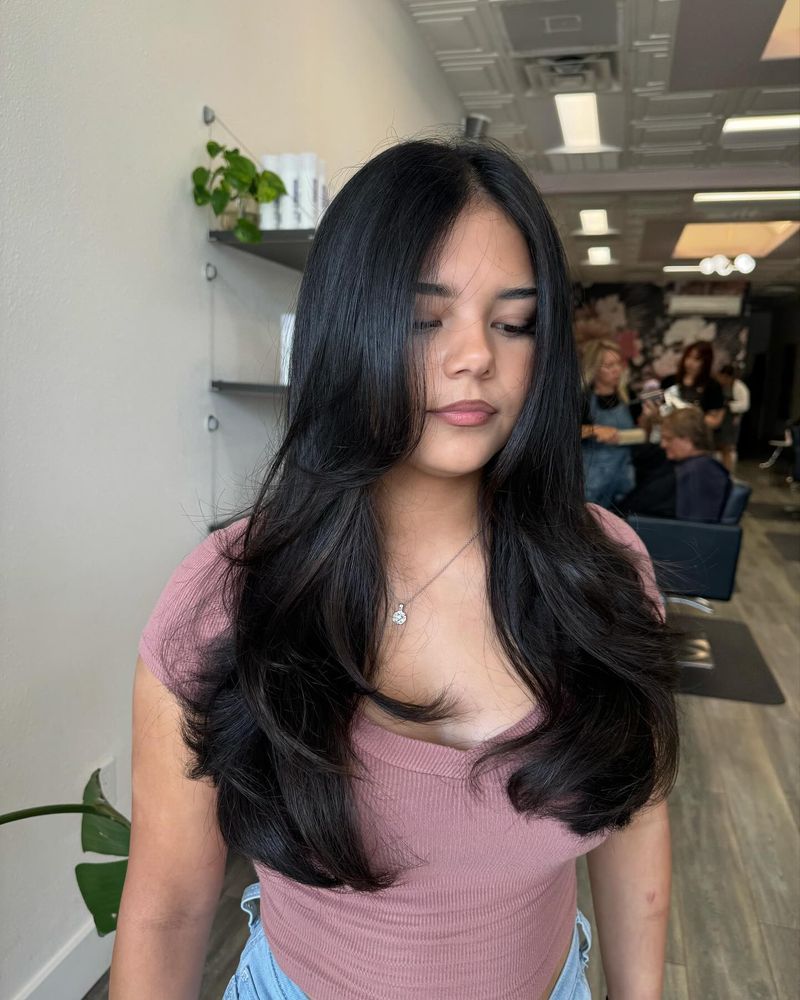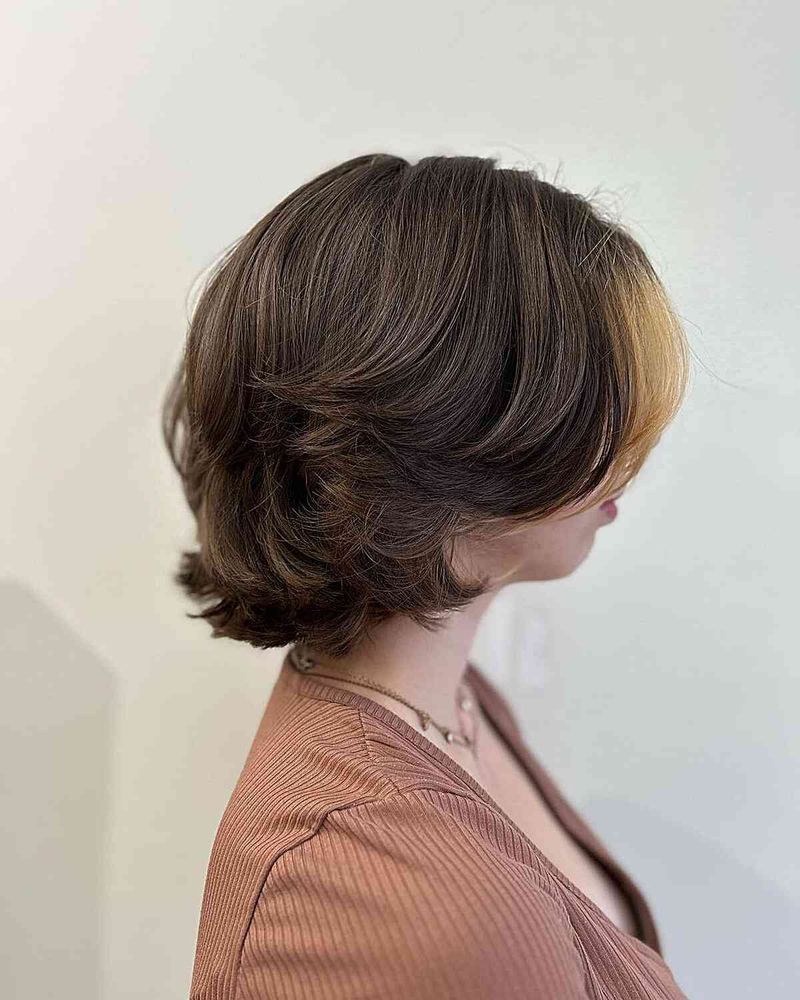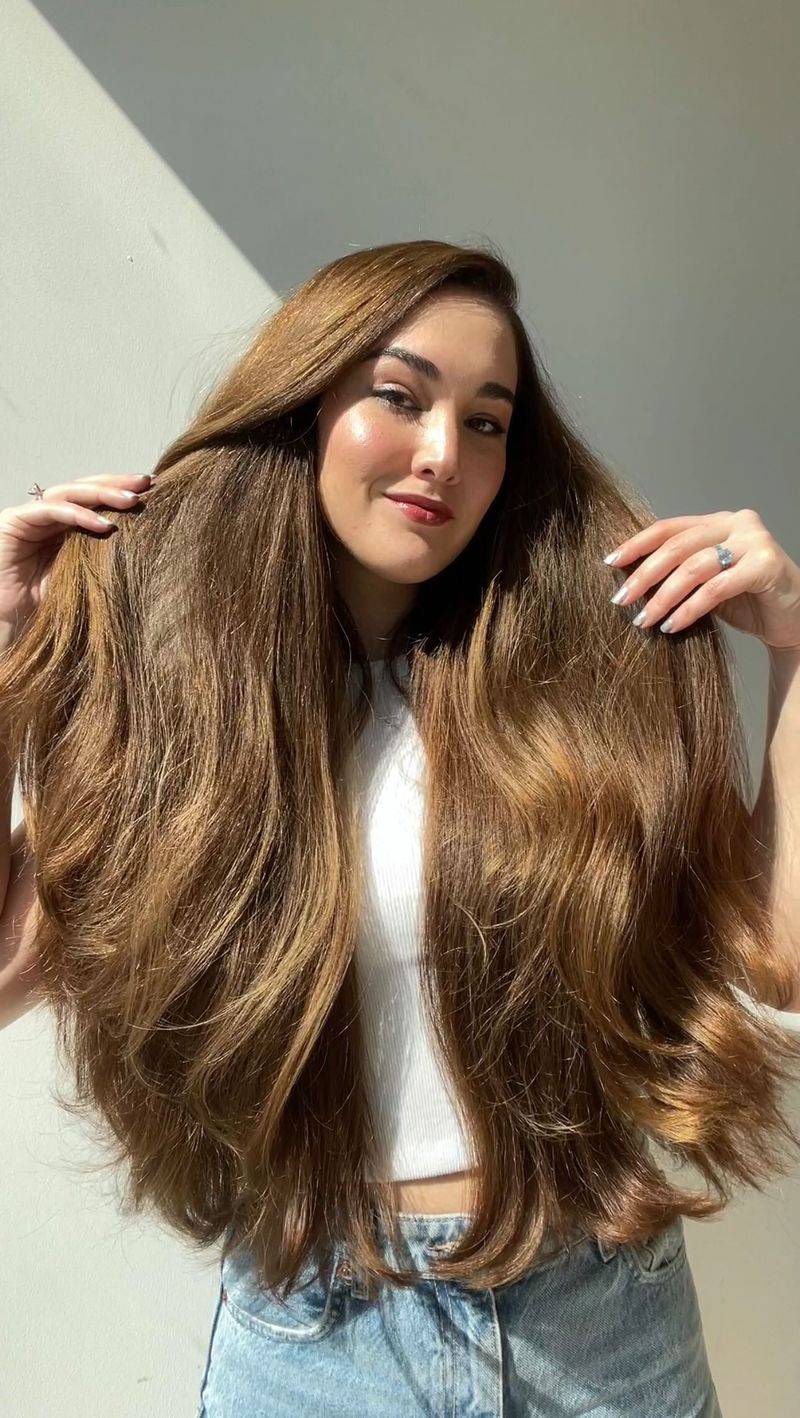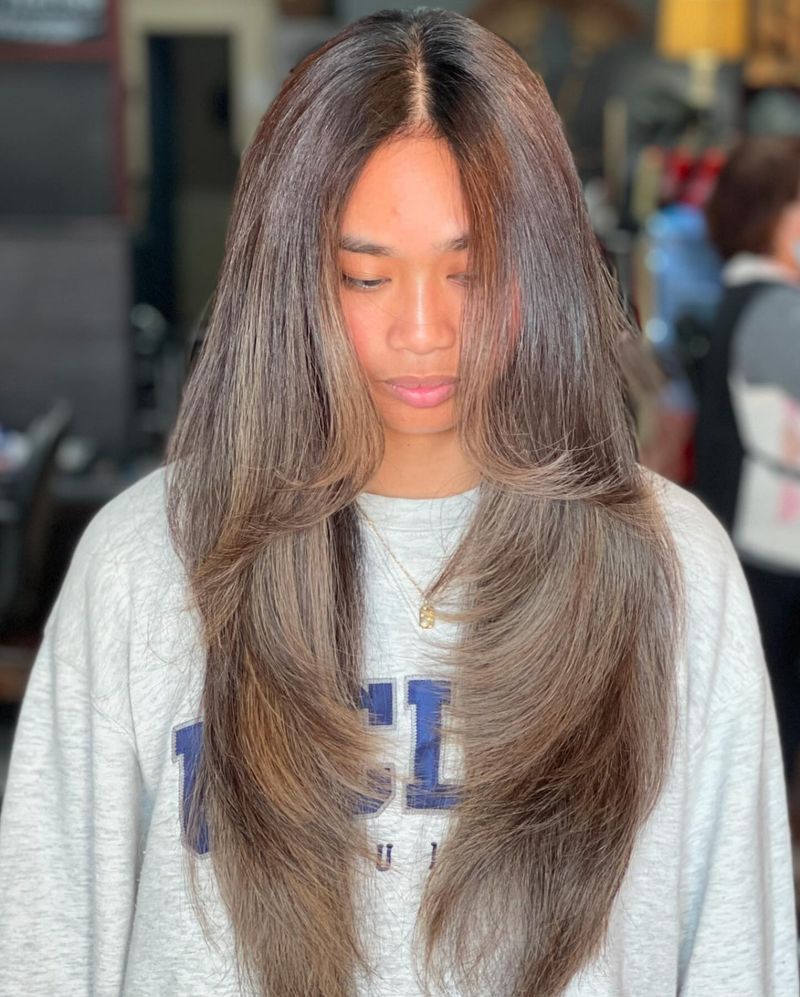Managing thick hair comes with its own set of challenges that can make daily styling feel like a workout. Those luscious locks might be the envy of many, but they require special attention to stay healthy and manageable. If you’ve been struggling with frizz, tangles, or styling difficulties, you might be making some common thick hair mistakes without even realizing it.
1. Washing Daily
Your thick mane doesn’t need daily cleansing! Overwashing strips natural oils that keep your hair healthy and manageable. Instead, aim for 2-3 washes per week. This schedule allows your scalp’s natural moisturizers to work their magic, preventing the dryness and frizz that plague thick-haired folks.
2. Using Regular Brushes
Those standard plastic brushes are your thick hair’s worst enemy! They create static, cause breakage, and barely make it through dense strands. Switch to wide-tooth combs or brushes specifically designed for thick hair types. Your scalp will thank you, and detangling sessions won’t feel like an Olympic sport anymore.
3. Skipping Heat Protectant
Heat styling already damages hair, but thick locks require extra protection! Without a barrier, your strands become brittle despite their seemingly robust nature. Always apply heat protectant before using any hot tools. Thick hair holds heat longer, making it surprisingly vulnerable to temperature damage that builds up over time.
4. Using Lightweight Products
Flimsy, watery formulas disappear into thick hair without making any difference. Your substantial mane needs products with staying power! Invest in rich, creamy formulations specifically labeled for thick or coarse hair. These heavyweight champions will actually penetrate your strands instead of just sitting on top uselessly.
5. Cutting Without Layers
Rocking a one-length cut with thick hair creates that dreaded triangle or mushroom shape. Your hair expands outward rather than flowing downward! Layers remove bulk and add movement, allowing thick hair to fall naturally. Talk to your stylist about internal layers that maintain length while reducing volume where needed.
6. Blow-Drying Upside Down
Flipping your head over while blow-drying might work for fine hair, but it’s a disaster for thick tresses! This technique creates excessive volume and frizz when you already have plenty. Dry your hair in sections while pointing the nozzle downward. This smooths the cuticle and helps manage your natural abundance.
7. Ignoring Hair Density When Coloring
Regular color formulations often fail to fully penetrate thick hair, leaving you with uneven results. Your dense strands require special consideration! Talk to your colorist about adjusting processing time or formula strength. Sometimes thick hair needs longer development or stronger solutions to achieve consistent color throughout.
8. Sleeping With Loose Hair
Tossing and turning with unrestrained thick hair creates a tangled nightmare by morning. The friction between your strands and pillowcase leads to breakage and frizz. Try sleeping with a loose braid, bun, or bonnet. These protective styles minimize overnight damage and can actually save you styling time the next day.
9. Uso eccessivo di shampoo a secco
Spraying dry shampoo daily creates heavy buildup in thick hair. The product accumulates faster than in fine hair because there’s simply more surface area for it to cling to! Limit dry shampoo to once between washes, and brush thoroughly afterward. Your scalp needs to breathe, especially under all that magnificent hair.
10. Towel-Drying Aggressively
Rough towel-drying disrupts your hair cuticle and creates frizz – a problem thick hair already battles! The friction from standard terry cloth is particularly damaging to your dense strands. Pat gently with a microfiber towel or soft t-shirt instead. This simple switch significantly reduces frizz and breakage while cutting down drying time.
11. Applying Conditioner Incorrectly
Slathering conditioner from roots to ends weighs down thick hair unnecessarily. Your scalp already produces oils, while your ends remain thirsty for moisture! Focus conditioner primarily on mid-lengths to ends where dryness occurs. This targeted approach prevents that flat-at-the-roots, frizzy-at-the-ends look that plagues thick-haired people.
12. Choosing the Wrong Haircut Length
Super-short styles often poof out with thick hair, while extremely long cuts can drag your face down under all that weight. Finding your ideal length matters! Work with your stylist to find that sweet spot – usually somewhere between collarbone and mid-back – where your thick hair enhances rather than overwhelms your features.
13. Using Alcohol-Heavy Products
Products containing high alcohol content might temporarily tame frizz but ultimately dry out thick hair. Your mane’s natural tendency toward dryness gets worse with these moisture-robbing ingredients. Check labels and choose alcohol-free or low-alcohol alternatives. Hydrating formulas with natural oils will serve your voluminous locks much better long-term.
14. Skipping Regular Trims
Avoiding scissors makes thick hair look even bulkier as ends split and fray. Without maintenance, your abundant mane quickly becomes unmanageable! Schedule trims every 8-10 weeks to remove damaged ends and maintain shape. Regular maintenance actually makes your thick hair easier to style and keeps it looking intentional rather than overwhelming.
15. Using Tight Hair Elastics
Standard hair ties create dents and breakage in thick hair due to the extra tension needed to hold it all. Your substantial strands require gentler restraints! Switch to fabric-covered elastics, scrunchies, or spiral hair ties. These alternatives distribute pressure more evenly and prevent the headaches that often come from securing heavy hair.

